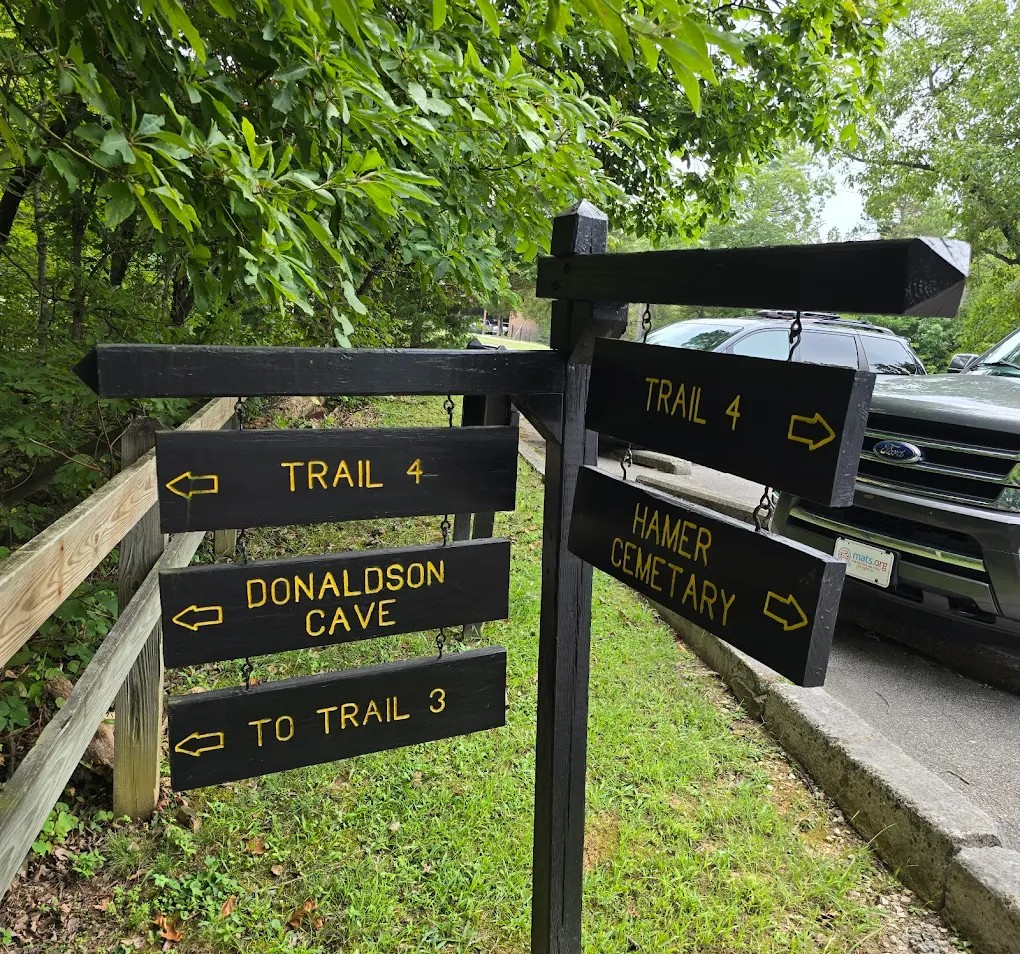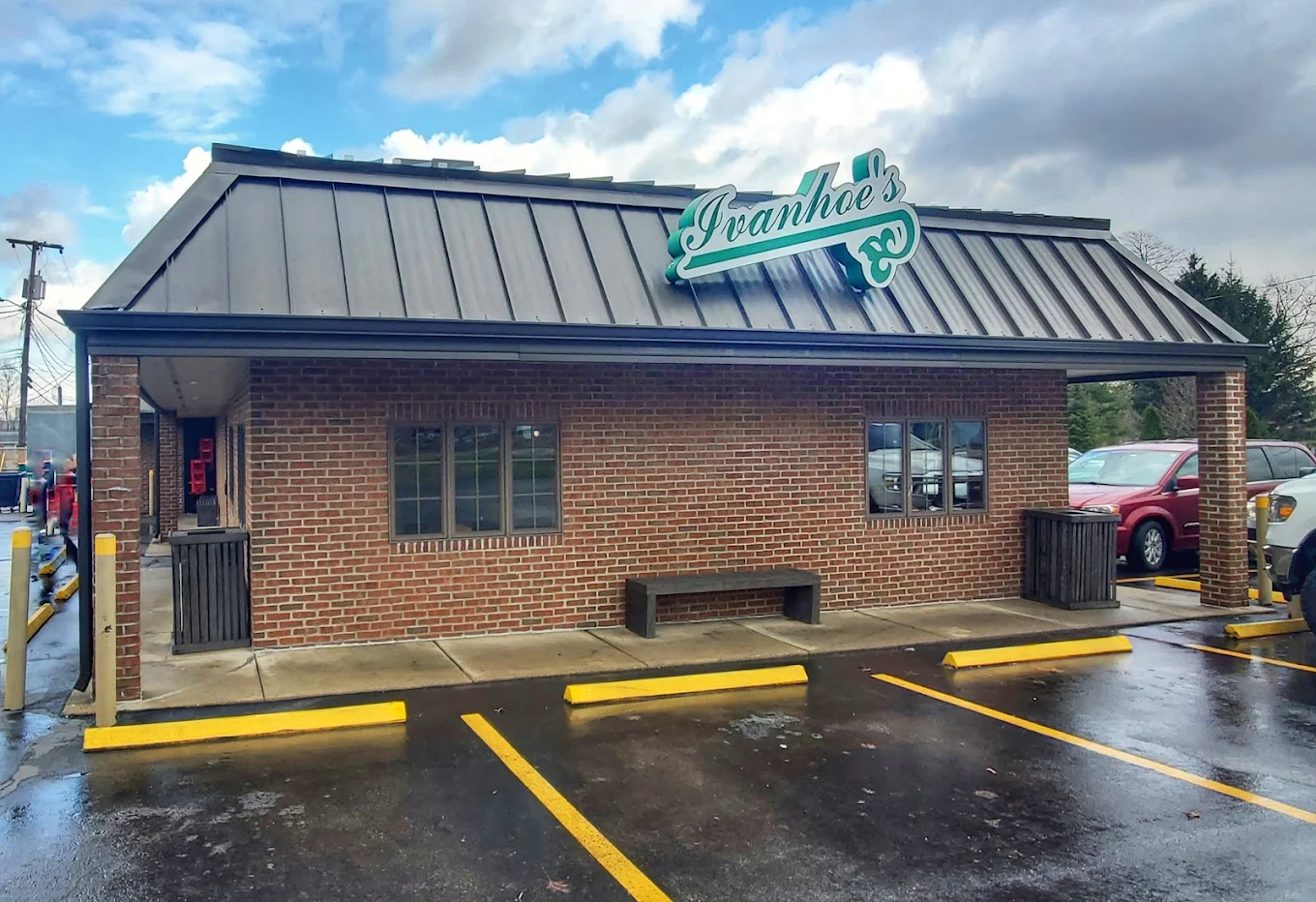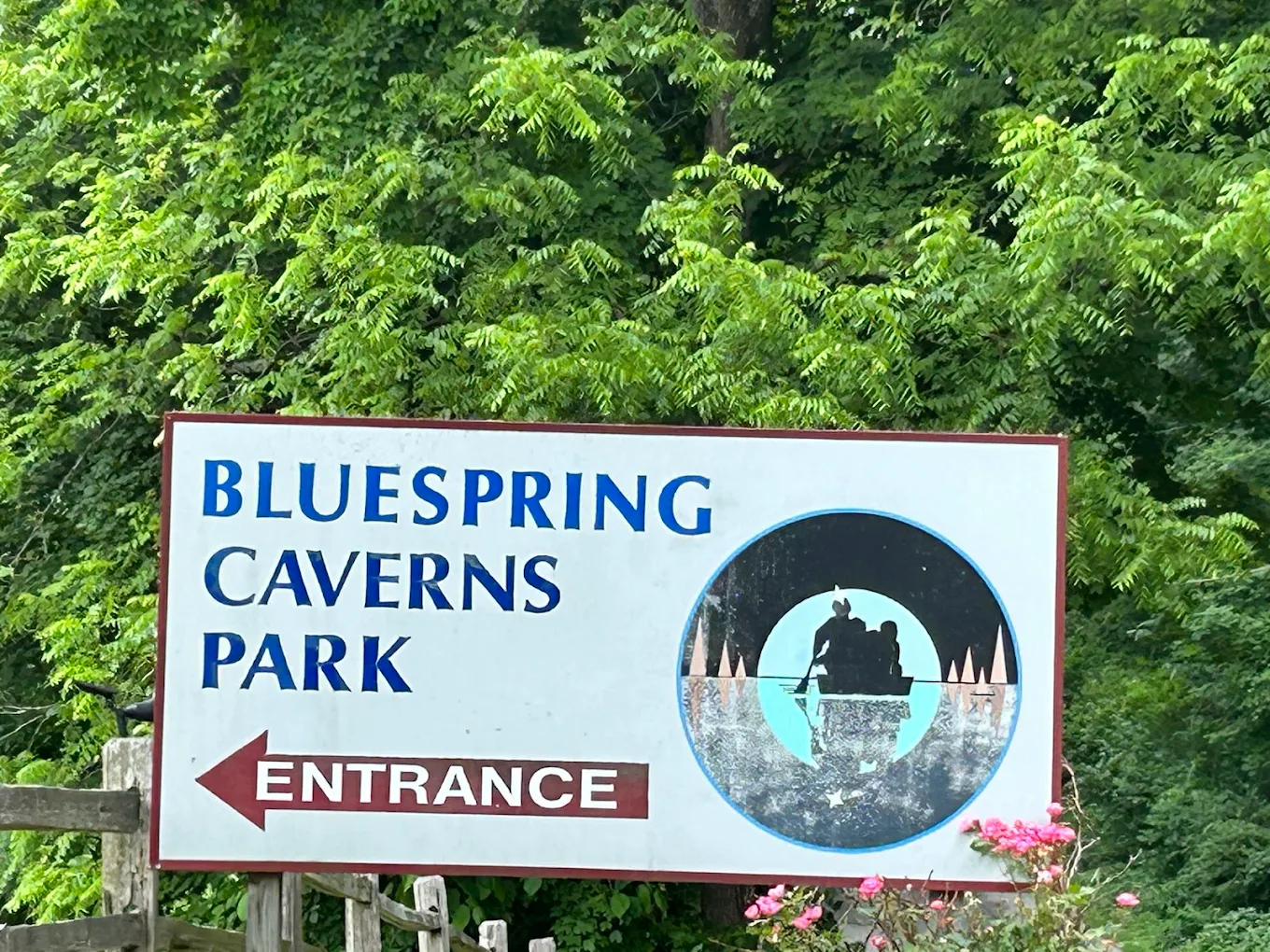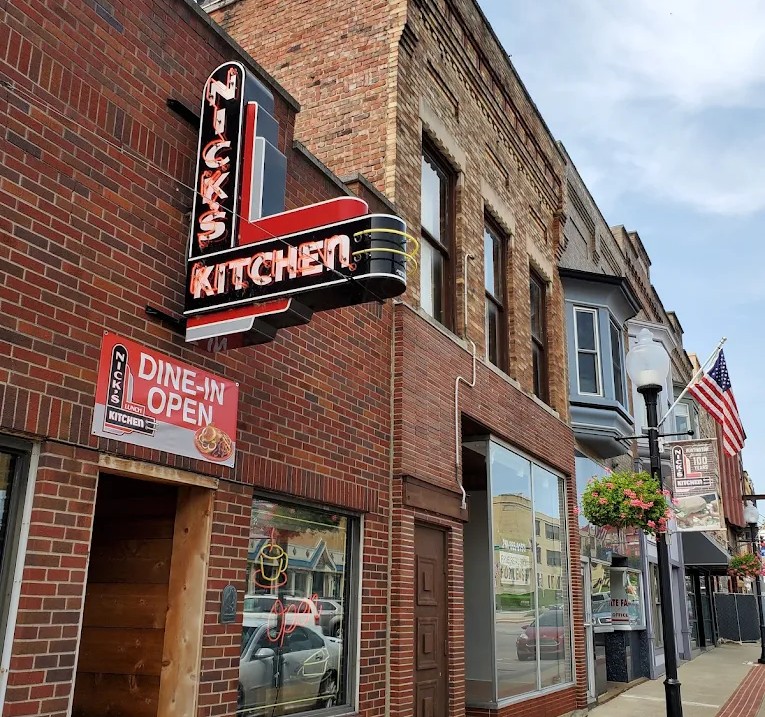A Subterranean Wonder in Southern Indiana
Deep beneath the rolling hills of southern Indiana lies one of the state’s most remarkable natural attractions, a massive limestone cave system that has been captivating visitors for generations. Donaldson Cave, located within Spring Mill State Park, offers adventurous explorers the opportunity to venture into an underground world carved by countless years of geological processes. This hidden gem provides a unique glimpse into the complex cave systems that honeycomb the region’s limestone bedrock.
The cave represents one of the most accessible yet authentic cave experiences available in Indiana, combining the thrill of underground exploration with the safety measures and guidance necessary for public access. Unlike commercialized show caves with electric lighting and paved walkways, Donaldson Cave maintains its natural character while still welcoming visitors who seek genuine spelunking experiences.
Geological Formation and Natural History
Donaldson Cave formed through the slow dissolution of limestone bedrock by slightly acidic groundwater, a process that has continued for thousands of years. The cave system showcases classic karst topography features, including flowstone formations, stalactites, and stalagmites that have developed over millennia. The limestone in this region dates back millions of years to ancient sea beds, and the cave’s formation tells the story of Indiana’s geological past.
The cave’s chambers and passages were carved by underground streams that followed natural fractures and weaknesses in the rock. As water levels changed over time, different passages were formed at various elevations, creating the complex three-dimensional maze that exists today. The ongoing geological processes mean that the cave continues to evolve, though at an imperceptible rate to human observers.
The temperature inside Donaldson Cave remains constant year-round at approximately 54 degrees Fahrenheit, reflecting the stable underground environment that characterizes most cave systems. This consistent temperature creates a unique ecosystem that supports specialized cave-adapted organisms and provides refuge for various wildlife species during extreme weather conditions.
Cave Exploration and Tour Options
Spring Mill State Park offers guided cave tours that allow visitors to safely explore Donaldson Cave’s most accessible passages and chambers. These tours are led by knowledgeable park naturalists who provide insights into cave formation, geology, and ecology while ensuring visitor safety throughout the underground journey. The tours accommodate various skill levels and physical abilities, making cave exploration accessible to a broad range of visitors.
The standard cave tour covers approximately half a mile of underground passages and typically lasts about an hour and a half. Participants navigate through natural cave passages that vary in size from large chambers to more intimate crawlways, providing a comprehensive cave experience that showcases different aspects of underground environments. The tour route has been carefully selected to highlight the cave’s most interesting geological features while maintaining appropriate safety standards.
Advanced tours and special programs are occasionally offered for more experienced cavers or those seeking a more challenging underground adventure. These extended tours may explore additional passages and provide more detailed information about cave science and conservation. Reservations are typically required for all cave tours, and group sizes are limited to minimize environmental impact and ensure quality experiences for all participants.
Cave Ecosystem and Wildlife
Donaldson Cave supports a fascinating ecosystem adapted to the unique conditions found in underground environments. The cave’s constant temperature, high humidity, and complete darkness create habitat conditions that support specialized organisms found nowhere else. Cave-adapted species often display unique characteristics such as enhanced sensory abilities, reduced pigmentation, and extended lifespans compared to their surface-dwelling relatives.
Bats represent the most visible cave wildlife, using the cave system for roosting and hibernation. Several bat species utilize Donaldson Cave, including some that are considered species of conservation concern. The cave’s role as critical habitat for these flying mammals adds an important conservation dimension to its management and visitor programs. Seasonal restrictions may apply to cave access to protect roosting bats during sensitive periods.
Smaller cave organisms include various arthropods, such as cave crickets, spiders, and millipedes that have adapted to life in perpetual darkness. These creatures play important roles in the cave ecosystem, processing organic matter that enters the cave from surface sources and forming the base of underground food webs. Some species found in the cave are endemic to the region and represent unique evolutionary adaptations to cave environments.
Safety Considerations and Preparation
Cave exploration requires appropriate preparation and adherence to safety protocols to ensure both visitor safety and cave conservation. Participants in cave tours should dress appropriately for the underground environment, wearing sturdy closed-toe shoes with good traction and clothing that can get dirty. The cave’s constant cool temperature means that warm clothing is recommended even during hot summer weather.
Helmets are provided for all cave tour participants to protect against low ceilings and rocky surfaces. Proper lighting is essential for cave exploration, and multiple light sources are recommended as backup in case of equipment failure. Park staff provide guidance on necessary equipment and safety procedures during pre-tour briefings.
Physical fitness requirements vary depending on the specific tour chosen, but basic mobility and the ability to navigate uneven surfaces are necessary for most cave experiences. Visitors with claustrophobia or mobility limitations should consult with park staff before participating in cave tours to ensure that the experience will be enjoyable and safe.
Conservation and Environmental Protection
Donaldson Cave and its ecosystem require careful management to balance public access with environmental protection. Cave environments are particularly sensitive to disturbance, and even minor changes in temperature, humidity, or air circulation can have significant impacts on cave-dwelling organisms and geological formations. Park management follows established best practices for cave conservation while providing educational opportunities for visitors.
The “Leave No Trace” principles are strictly enforced in the cave environment, with visitors required to stay on designated routes and avoid touching cave formations. Stalactites, stalagmites, and other speleothems are extremely fragile and can be damaged or destroyed by human contact. Oil from human skin can also alter the chemical conditions necessary for continued formation growth.
Scientific research conducted in Donaldson Cave contributes to broader understanding of cave ecosystems and karst hydrology. Ongoing monitoring programs track changes in the cave environment and assess the impacts of visitor use, helping to inform management decisions that protect the cave’s natural values while maintaining public access opportunities.
The Broader Spring Mill State Park Experience
Donaldson Cave exploration can be combined with other attractions and activities available throughout Spring Mill State Park. The park encompasses over 1,300 acres of diverse habitats, including forests, streams, and historic sites that provide additional opportunities for outdoor recreation and education. The restored pioneer village offers glimpses into 19th-century life, while hiking trails provide access to scenic overlooks and natural areas.
The park’s location in the Mitchell Plain region of Indiana places it within one of the state’s most geologically interesting areas. Karst topography features such as sinkholes, springs, and underground streams are common throughout the region, and Spring Mill State Park serves as an excellent base for exploring these unique landscape features.
Camping facilities and cabins within the park allow for extended visits that can include multiple cave tours and exploration of the park’s other attractions. The combination of underground adventures and surface-based activities creates opportunities for comprehensive outdoor experiences that appeal to diverse interests and age groups.
Planning Your Underground Adventure
Cave tours at Spring Mill State Park operate on a seasonal schedule, with availability varying based on weather conditions, wildlife considerations, and staffing levels. Advance reservations are strongly recommended, particularly during peak visitation periods such as summer weekends and fall color season. Tour schedules and availability can be confirmed by contacting the park directly or checking their official website.
The park’s location in south-central Indiana makes it easily accessible from Indianapolis, Louisville, and other regional cities. Adequate parking is available near the cave tour meeting areas, and restroom facilities and visitor services are conveniently located within the park. The visitor center provides additional information about cave tours and other park activities.
Photography is permitted in certain areas of the cave, though flash photography may be restricted to protect sensitive wildlife and preserve the experience for other visitors. Participants should inquire about photography policies during tour registration and respect any restrictions that may be in place.
Whether you’re an experienced caver seeking new underground challenges or a family looking for an educational adventure, Donaldson Cave offers an authentic spelunking experience that reveals the hidden wonders lying beneath Indiana’s landscape. The combination of natural beauty, scientific interest, and accessible exploration opportunities makes this underground destination a highlight of any visit to Spring Mill State Park.




